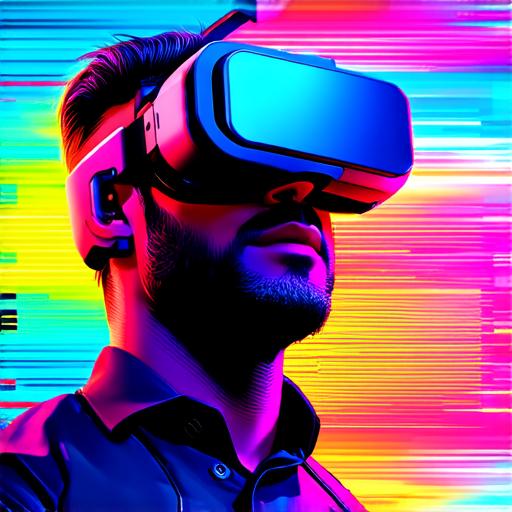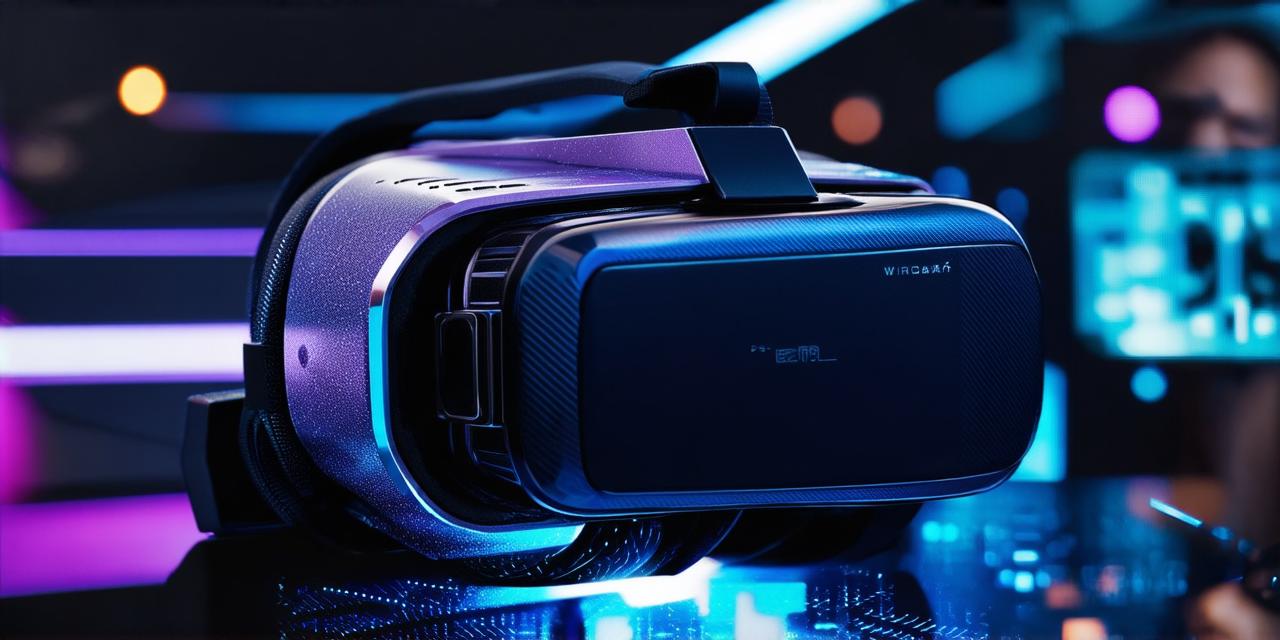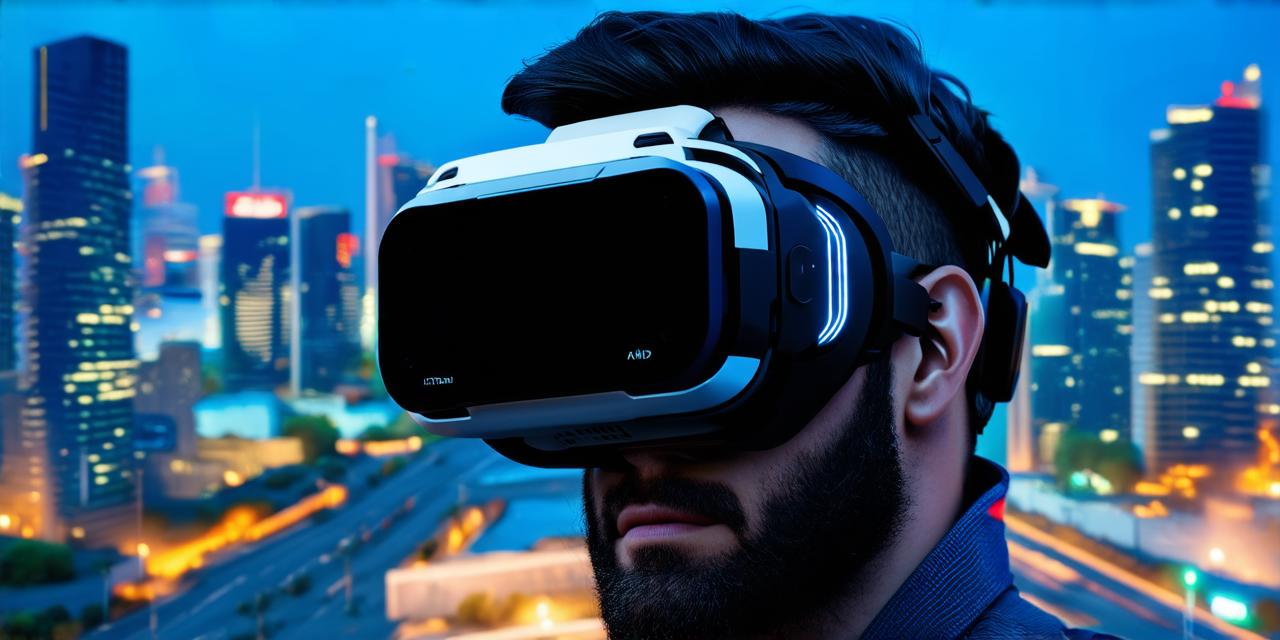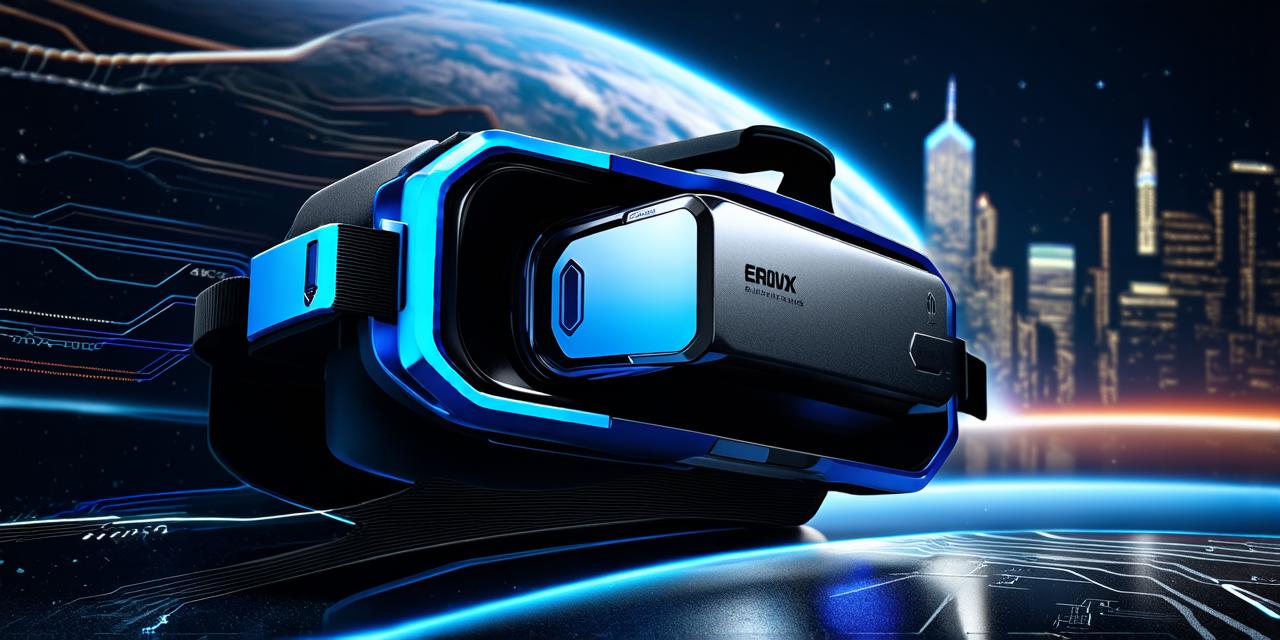Virtual reality (VR) on the web refers to the experience of immersing oneself in a simulated environment that is created using computer-generated graphics. VR technology has been around for several years, but it’s only recently that we’ve seen it become more accessible through the web.
In this article, we will explore what virtual reality on the web entails and how it can be used to enhance our online experiences.
What is virtual reality?
Virtual reality is a computer-generated simulation of a real or imagined environment that allows users to interact with the simulated world in a way that feels realistic. VR technology typically involves the use of specialized headsets, sensors, and controllers to track the user’s movements and create an immersive experience. There are two main types of virtual reality: room-scale and standalone.
Room-scale VR requires a large space with sensors placed around the room, while standalone VR uses motion sensors on the headset to track movement.
Virtual reality on the web
Virtual reality on the web is a relatively new concept that involves using web technology to create and deliver virtual reality experiences. This is possible through the use of web-based virtual reality engines, which allow developers to create 3D models, textures, and animations that can be viewed in a web browser. There are several popular web-based virtual reality engines, including A-Frame, Babylon.js, and Three.js.
Web-based virtual reality experiences
There are many different types of web-based virtual reality experiences that can be created using this technology. Some examples include:
- Virtual product demos: Companies can create virtual demonstrations of their products in a 3D environment, allowing customers to see and interact with the product in a way that feels realistic.
- Gaming: Web-based virtual reality games can provide players with an immersive gaming experience, similar to traditional video games.
- Training simulations: Virtual reality can be used to create training simulations for a wide range of industries, such as healthcare, education, and military.
- Virtual tours: Companies can offer virtual tours of their facilities or products, giving customers a chance to explore the company’s offerings in a more interactive way.

How virtual reality on the web works
Note:
Web-based virtual reality experiences are typically created using a combination of 3D modeling software and web-based virtual reality engines. These tools allow developers to create 3D models, textures, and animations that can be viewed in a web browser. The user’s computer then uses these files to render the virtual environment, allowing them to interact with the simulated world in real time.
Summary
Virtual reality on the web is an exciting new technology that has the potential to revolutionize the way we experience the internet. By providing users with immersive and interactive experiences, virtual reality can help companies engage their customers in a more meaningful way. As virtual reality technology continues to evolve, we can expect to see even more innovative uses of this technology on the web.



